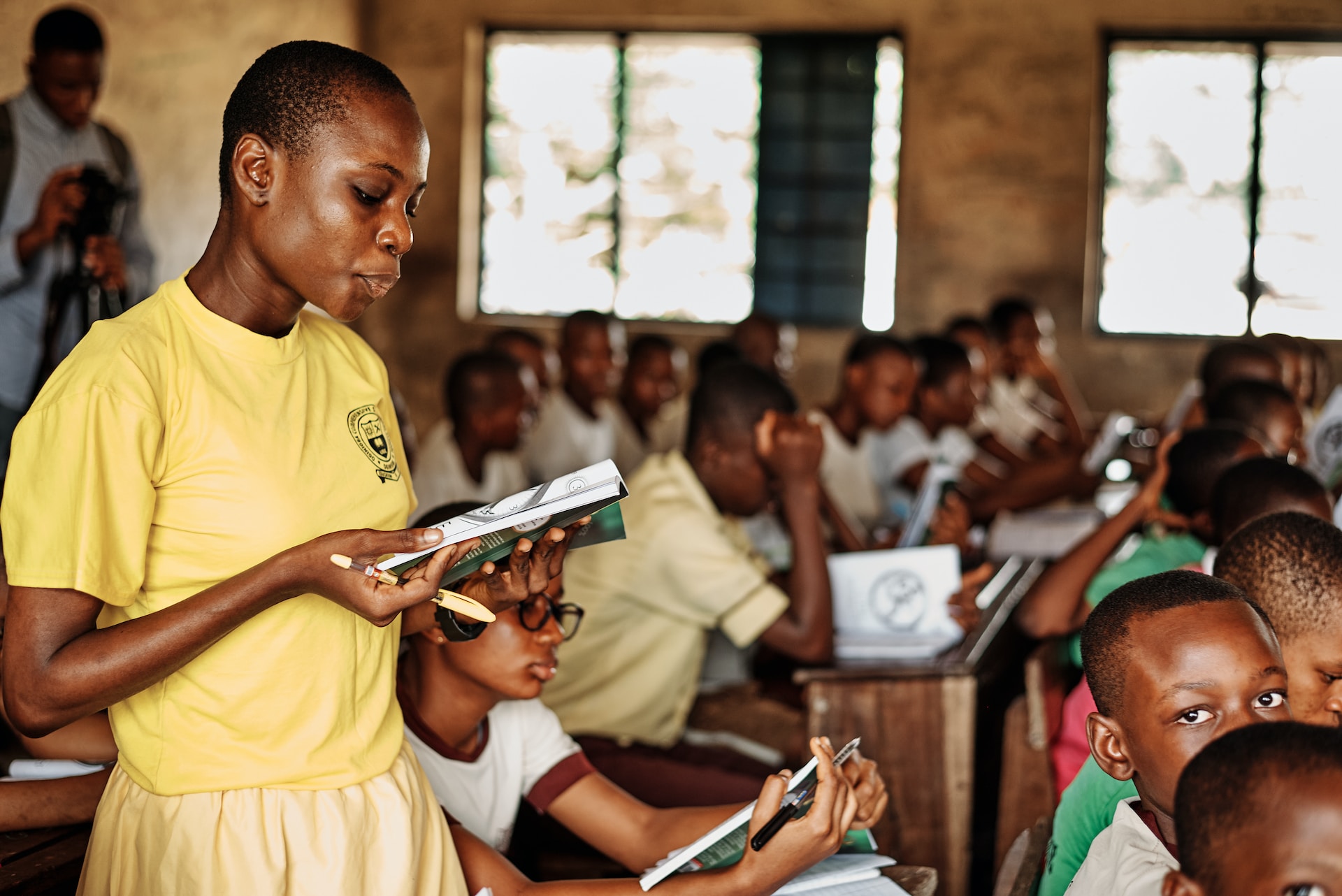3 Key Facts About the Safe Schools Declaration
 On the International Day to Protect Education from Attack 2023, UN Secretary-General António Guterres spoke to the General Assembly about maintaining education in communities affected by conflict. Citing a recent report by the Global Coalition to Protect Education from Attack (GCPEA), Guterres spoke on the increase in attacks on education (3,000 in 2022) and the need to “dramatically” improve support and increase investment for the 224 million children who require education support as a result of national conflict. In this call for action, Guterres urged all countries to endorse the Safe Schools Declaration, a political commitment to providing and protecting stable education across the globe. Here are three facts about the Safe Schools Declaration.
On the International Day to Protect Education from Attack 2023, UN Secretary-General António Guterres spoke to the General Assembly about maintaining education in communities affected by conflict. Citing a recent report by the Global Coalition to Protect Education from Attack (GCPEA), Guterres spoke on the increase in attacks on education (3,000 in 2022) and the need to “dramatically” improve support and increase investment for the 224 million children who require education support as a result of national conflict. In this call for action, Guterres urged all countries to endorse the Safe Schools Declaration, a political commitment to providing and protecting stable education across the globe. Here are three facts about the Safe Schools Declaration.
The Safe Schools Declaration Has 4 Central Commitments
While the efforts of countries, charities and NGOs endorsing the Safe Schools Declaration cover a wide range of issues, all actions tend to fall under the four main commitments of the document. According to the GCPEA, these are:
- Every child has the right to an education free of violent threats.
- Every member of the teaching staff has the right to work under safe and secure conditions.
- Every school should be a place of protection and present students with the opportunity to achieve, even in times of war.
- Every university should be a place where students and academics can think critically and independently, widening their basis of knowledge.
The Declaration Has Broad International Support
As of 2023, 118 countries have endorsed the Safe Schools Declaration. Since its conception in May 2015 at a conference in Oslo, Norway, many countries have signed the Declaration, committing themselves to its key aims. The list includes two permanent members of the UN Security Council — France and the United Kingdom. Upon signing, the government of a country publicly affirms its most significant message: any attack on schools — or use of schools for military purposes — is unethical. Alongside this agreement, several countries have also hosted the International Safe Schools Conference since 2015, including Argentina in 2017, Spain in 2019 and Nigeria in 2021.
The Safe Schools Declaration Combats Global Poverty
In a humanitarian sense, the work of the Declaration contributes to the alleviation of poverty worldwide; poverty is not only monetary. In April 2021, the World Bank published a brief on “learning poverty,” which outlined how education deficiency poses a threat to countries looking to increase human capital and succeed in meeting the Sustainable Development Goals (SDGs).
The World Bank calculates a country’s official level of learning poverty by considering both learning deprivation (measured by reading proficiency levels) and schooling deprivation (measured by the number of out-of-school children). Before the COVID-19 pandemic had even set in, as much as 57% of 10-year-olds in low- and middle-income countries could not “read and understand a simple text,” the assessment for learning poverty, according to the World Bank.
Without a doubt, both kinds of deprivation are heightened when military conflict and displacement disrupt education. A commitment to the Safe Schools Declaration represents a step in the right direction toward SDG 4 (quality education for all) and the wider aim of poverty alleviation and global equality.
– Alice Weatherley
Photo: Unsplash
